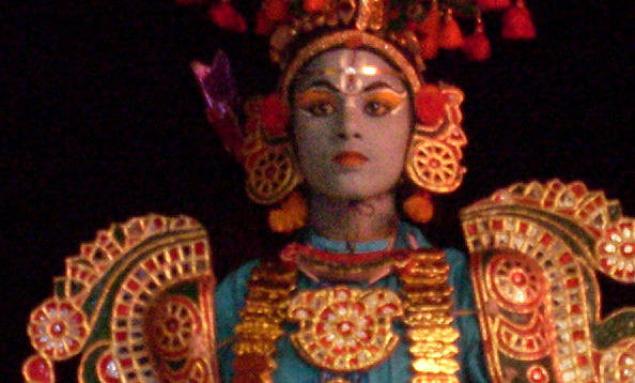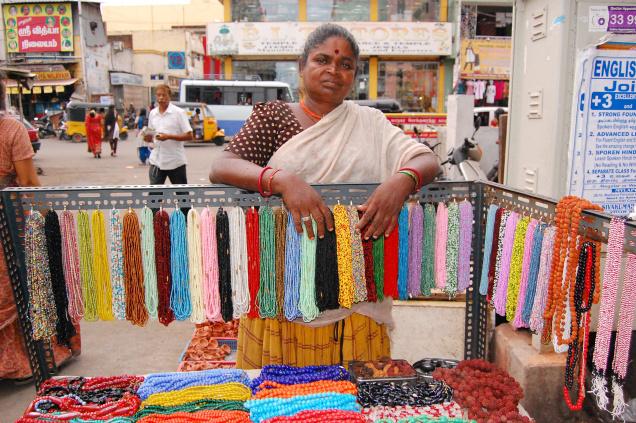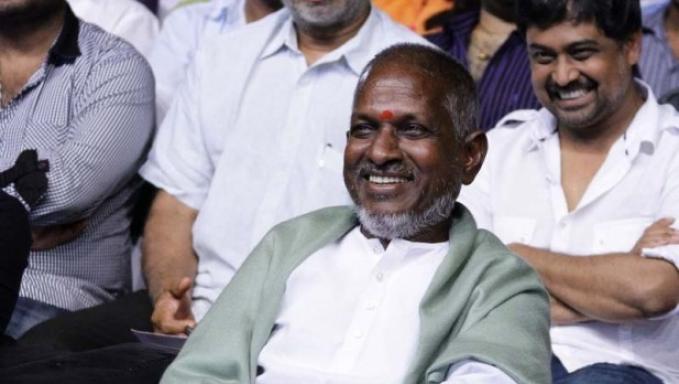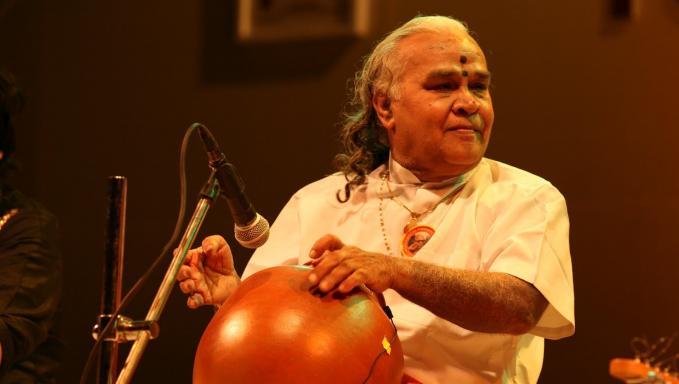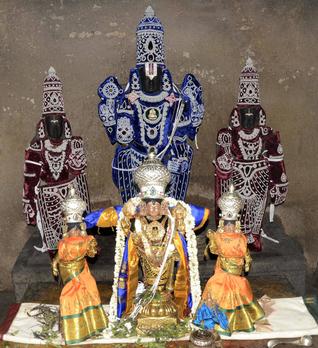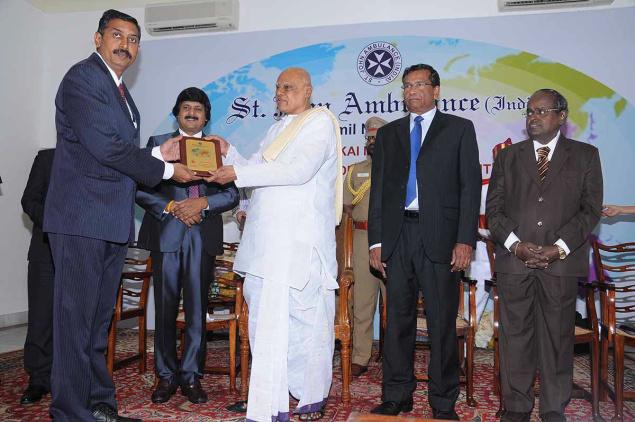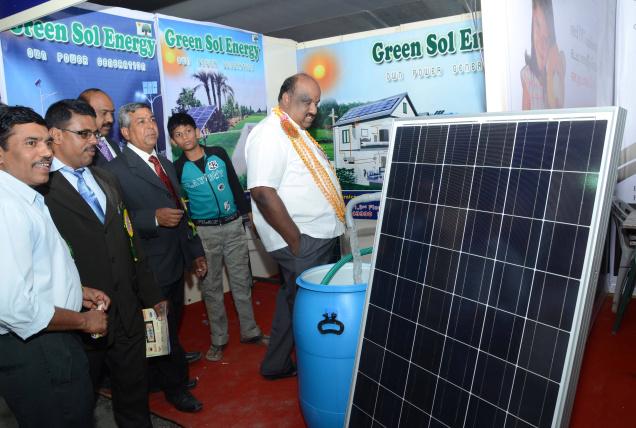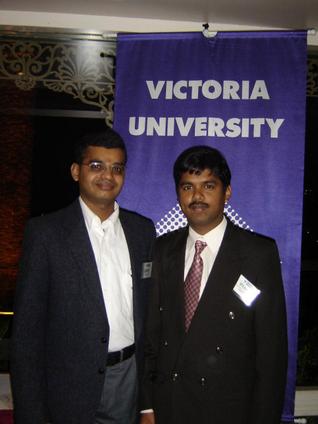A band of poverty-stricken villagers from Kanchipuram district in Tamil Nadu have found life-support through the Gurukulam Kattaikkuttu Sangam which has been training them in performing folk arts apart from providing basic education to their children.
Kattaikkuttu is a rural theatre form of Tamil Nadu and Therukoothu a form of street play with music and dance. Though their profession is not be lucrative, the villagers of Punjarasantanaal have devoted themselves to reviving these art forms.
Recently, the National School of Drama (NSD), New Delhi, organised a chain of shows in Chennai. The performers are mostly students of 10th and 12th class along with some ex-students of the institution. However, many students have had to leave education to go back to agriculture which is their hereditary occupation. Traditional Koothu families don’t encourage their wards due to the hardships involved in being a professional theatre performer.
“We don’t have a fixed salary. At times, we get around Rs 10,000 for one performance and maybe Rs 2,000 for the next two. But I never took any other job. I want to keep this art form alive in me,” said Radhakrishnan, one of the performers.
Dr Hanne M. De Bruin, the facilitator of the Sangam and wife of P. Rajagopalan, the moving force behind the Gurukulam, says that a lot more has to be done. “If we could win the hearts of the city people, I’m sure they’ll travel to the rural areas to see Koothu theatre,” she added. This will be helpful for the performers as they spend many hours travelling. They will have time for agricultural activities. The Koothu performers ended their city tour last month with the play ‘Raam Ravana’.
(Wriddhaayan studies at the Asian College of Journalism, Chennai.)
source: http://www.TheHinduBusinessLine.com / Home> On Campus/ by Wriddhaayan Bhattacharya /
